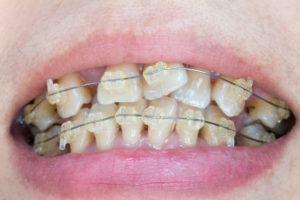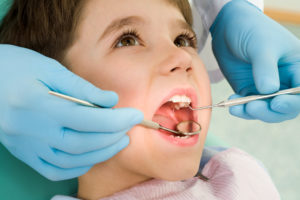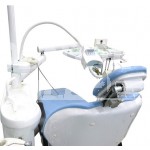Do You Have Crooked Teeth – Consider Braces
Braces are most definitely not everyone’s favorite oral appliance when it comes to oral health and orthodontics mostly because of the fact that they make us look awkward and such physical appearance can take us back to our early years, the years when we went to school and everyone laughed or make jokes about the person who was wearing braces.
As we grew up, we became more conscious about the purpose and the benefits of using braces because after all, those who used braces during their early years now had beautiful smiles and they were no longer ashamed to show their pearly whites.
Those who were lucky enough to have parents who could afford a set of braces for their children at an early age are now extremely thankful to them because of the fact that having a beautiful smile can open up many “social doors” however, for every lucky child there were 10 or more who had parents who could not afford to pay for braces and it is this group of people we are going to talk about.
It has been recently estimated that one out of five patients who are waiting in line to have an orthodontic procedure performed are said to be adults, this group includes young adults over 18 years of age but for the most part it includes the baby boomers who are mostly between 48 and 66 years old.
Back in the days when the baby boomers were teenagers the healthcare and oral health programs available were not flexible and very expensive, which is the number one reason why many baby boomers did not have orthodontic procedures performed in order to straighten out their teeth and whiten their smile. Luckily for them and for all of us times have changed, orthodontic procedures are now more convenient and definitely affordable which is why many adults (baby boomers) are doing now what they couldn’t do for themselves that they were teenagers; they are now using braces.
In the last 40 years braces have changed dramatically, they have gone from extremely obvious and embarrassing metal contraptions to gentle and invisible appliances that can make everyone’s life a lot easier, especially the lives of those adults who choose to use invisible braces. The most famous and recognized brand of invisible braces is called Invisalign.
As the name suggests, Invisalign is a set of braces that blends naturally with a person’s set of teeth thus allowing for proper realignment without suffering social embarrassment and in a nutshell, this is why adults prefer Invisalign invisible braces when it comes to orthodontic procedures.



 Initial Consultation
Initial Consultation 
